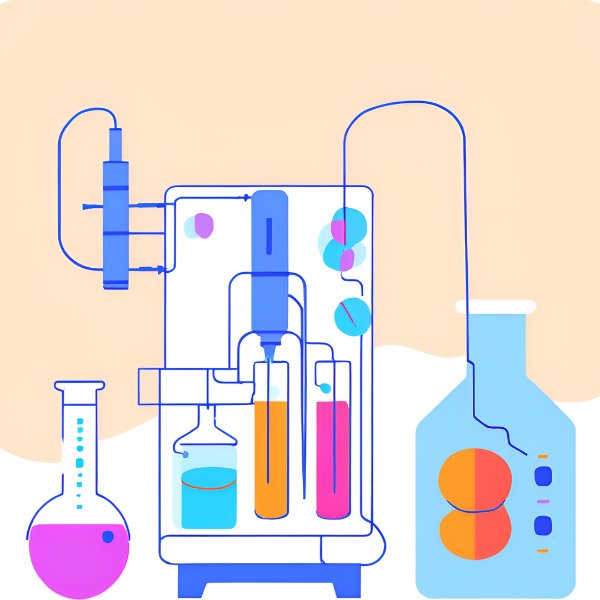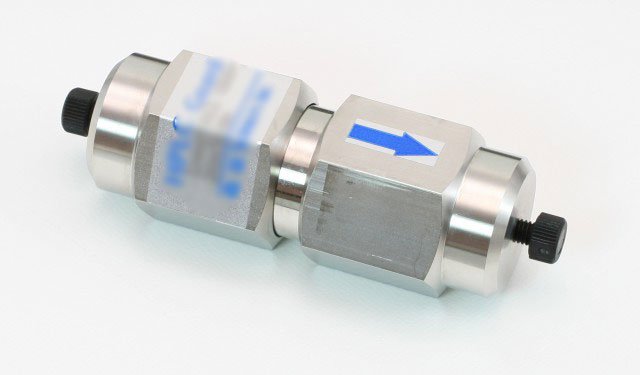Questions
I have agilent 1260 infinity II instrument and i found that pressure is reaching 400 without installation of column , what is the problem ? and how to solve it ?
I believe the problem is with tubing you have to check the tubes one by one to know which one is blocked and needs to be replaced
How to decide the known/unknown impurity limit in Related substance??
No answers yet.
How injection volume effect on peak shape or results.?
Higher injection volumes cause peak broadening
It leads to peak broadening and reduction in peak height.
Higher injection volume leads to higher analyte concentration so it increases peak hight and area
Higher injection volume leads to higher analyte concentration so it increases peak hight and area
Capacity factor calculation
you can use the calculator on the app to calculate it.
Hello,
I am running an impurity analysis method for DMSO with the following parameters:
FID Temperature: 250 °C
Injector Temperature: 250 °C
Column: Agilent DB-624
Flow: 5 mL/min (Hydrogen)
Initial temp: 100 °C, hold for 2 min
Ramp from 100 to 200 °C at 10 °C/min
Final temp: 200 °C, hold for 3 min
Injection volume: 0.5 microliters
Injection syringe volume: 1 microliter (auto-injector)
Split: 1:10
Liner: Ultrainert 5190-2295
FID flows:
• Hydrogen: 35 mL/min
• Air: 400 mL/min
• Nitrogen: 35 mL/min
I’m having serious issues with area repeatability when injecting the same vial 6 times in a row. I’m getting %RSD values around 9%, and my requirement is ≤ 5.0%
I’ve tried all kinds of adjustments—changing injection speeds, adding a 3-second viscosity delay… but nothing seems to solve the issue.
Can you help me?
Thank you very much.
you have to exclude first that the problem is not related to the instrument itself.
is the instrument calibrated?
have you tried another method using the same instrument and the results are good ?
Preparation of a sample of methylcobalamin in liquid form, in low concentration for analysis in HPLC. Any ideas?
Hello, of course!
It is an aqueous medium, and its composition is water, glycerol stabilizer, sodium benzoate preservative and potassium sorbate, flavoring and sucralose sweetener.
Can you specify more the nature of liquid form ?
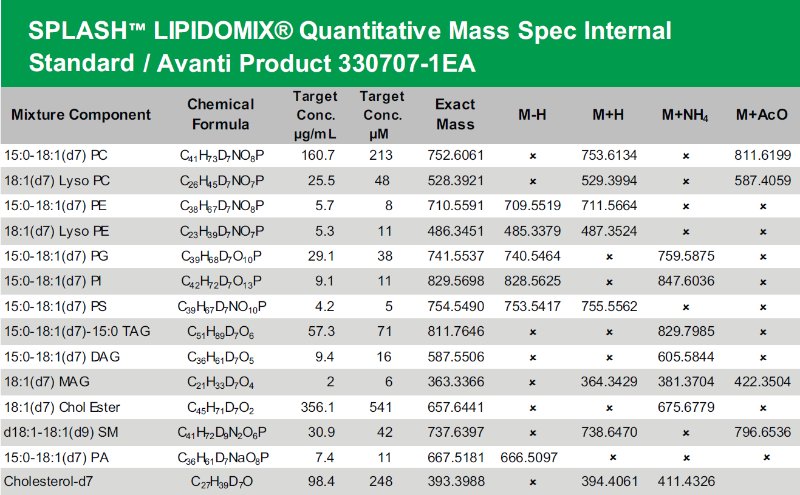
Does anyone try to run SPLASH Lipidomix Quantitative Mass Spec Internal standard by HILIC method on Agilent LC-QTOF? I do not see peaks on the chromatogram, neither positive nor negative ionization mode, and I am wondering what is the source of the problem - smth wrong with detector settings, LC method issues, column issues (we use Luna 3µm), standard mixture issues etc.
Is this problem only with this standard ?
have you tried any old method to make sure that the problem is not with the instrument ?
How to calculate the S/N ratio?
It is calculated automatically by the software just determine the basline and it will calculate it
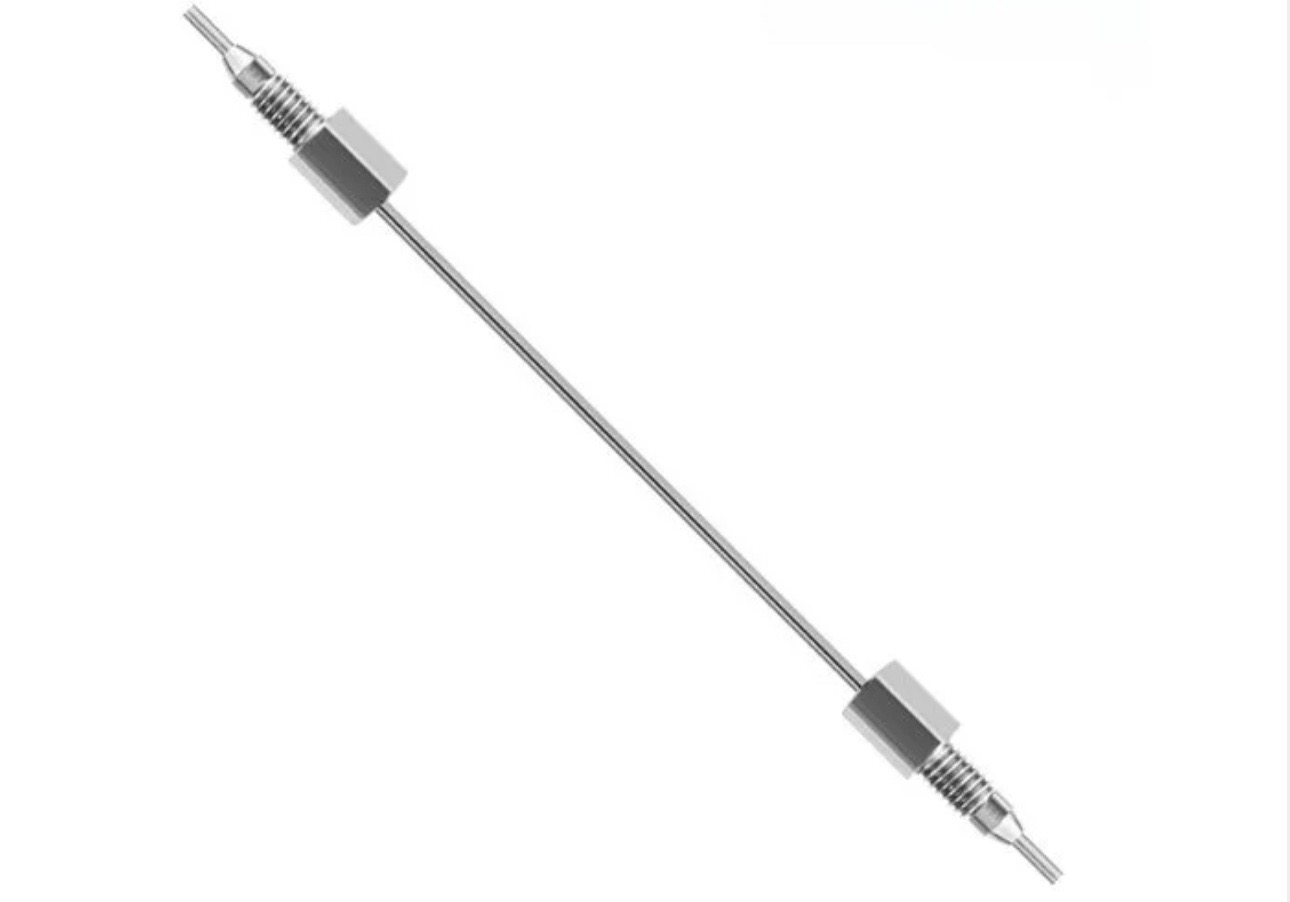
Have you heard about capillary HPLC?
Capillary HPLC is an even more miniaturized form of HPLC, where the columns have internal diameters of less than 1 mm, typically in the range of 50 to 250 µm. Capillary HPLC systems are specifically designed for ultra-low sample volumes and are highly sensitive due to the very small column dimensions.
Column Size: Capillary columns are extremely narrow and often have lengths ranging from 10 to 100 cm. This provides a high surface area for interaction between the stationary phase and analytes, enhancing resolution and separation power.
Sample Volume: Due to the narrow diameter of the column, sample injections are even smaller than in micro HPLC, often in the nanoliter to microliter range. This makes capillary HPLC ideal for ultra-low-volume analysis, such as when working with highly valuable or limited samples.
Advantages:
1. Very High Sensitivity: Capillary HPLC offers the highest sensitivity due to the small sample size and the high surface area-to-volume ratio of the column.
2. Low Solvent Consumption: The smaller column dimensions mean that far less mobile phase is required, which is both economical and environmentally friendly.
3. Faster Analysis Time: With shorter, narrow columns, capillary HPLC can provide faster analysis times compared to traditional HPLC methods.
Challenges:
1. Higher Backpressure: Capillary HPLC systems generate very high backpressure due to the narrow column size, which can strain the system and require special equipment.
2. Injection Limitations: Injecting a very small volume accurately can be challenging, and special injectors or autosamplers may be required to handle such low volumes.
3. Technical Complexity: The setup and maintenance of capillary HPLC systems can be more complex compared to standard systems, requiring more precision and careful handling.
Applications:
1. Proteomics and Genomics: Used in applications where high sensitivity is crucial, such as in the analysis of peptides, proteins, or nucleic acids in biological research.
2. Trace Analysis: Ideal for the analysis of trace contaminants in highly sensitive environments, such as pharmaceuticals, forensic analysis, or environmental monitoring.
3. Microanalysis in Clinical Chemistry: Used for analyzing extremely small samples in clinical diagnostics, such as blood or urine samples.
good to share :)
Have you ever applied this approach when testing selectivity during analytical method validation? I've red about this sometimes, but I usually don't use this approach for selectivity testing while developing, I tend to use more they clasic PDA-assisted spectral evaluation of impurities profile.
First time to hear about it
In Linearity solutions area variation observed but standard area remains same.
what is your matrix ?
For calculation of k prime and
K prime simply means by how many times of unretained peak (solvent peak) also called void time can the column retain the main peak (T-T0/T0)
while the void volume is the volume of mobile phase required to elute the unretained peak (solvent peak).
For the flow rate of 1 ml/min the retention time of the unretained peak (solvent peak) also called void time T0 is equal to the void volume

No answers yet.
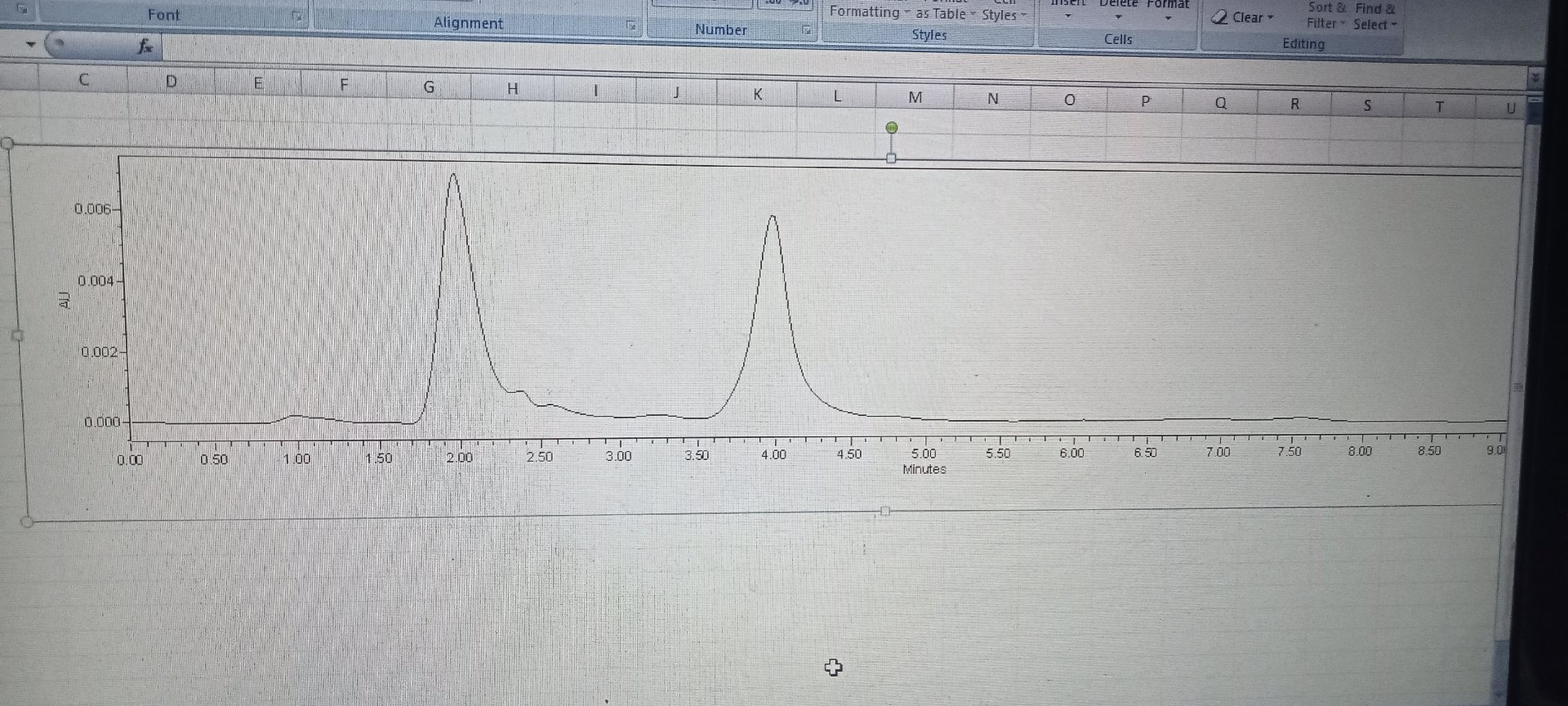
Can you tell how can we calculate the peak height of any peak of hplc
I believe you can calculate it through the software (the software calculate it automatically)
peak height can calculated automatically using software for integration such as Empower or Lab solution.
How do i turn off the lamp automatically after my last peak of interest is eluted off, to save lamptime
if you have gap of 2-4hrs in between two injections, it may save lamp on time if u turn the lamp off, but not the life of lamp as number of ignitions also matters for long life of lamp.
If you want to do it between injections it's not recommended but you can do it after sequence completion in the wash method you can easily turn off the lamp.
What kind of system do you have?
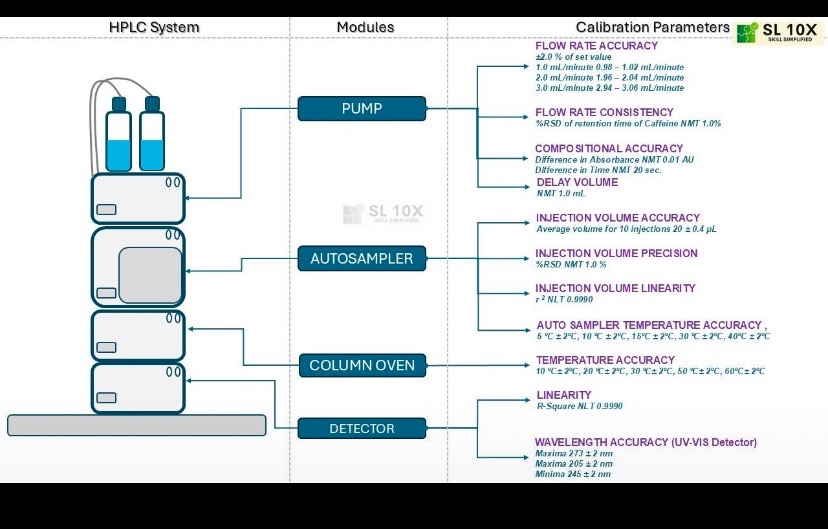
High-Performance Liquid Chromatography (HPLC) is more than just a tool — it's the backbone of accurate pharmaceutical testing. But without proper calibration, even the best system can lead you astray. Here's why calibration matters, and how to do it right.
Why HPLC Calibration Is a Must
Trust Your Data
Imagine spending hours running tests—only to realize your results are off. Calibration ensures your data is accurate and consistent, every single time.
Stay on the Right Side of Regulations
The FDA and EMA aren’t just suggesting calibration—they require it. Validated, calibrated systems are a must for passing audits and staying compliant.
Protect Product Quality
In pharma, quality is everything. Calibration helps you avoid unexpected errors that could compromise patient safety and company reputation.
What Needs to Be Calibrated?
Pump Calibration
Flow Rate Accuracy: Use a certified flow meter to check that your flow rate matches the set value.
Pressure Consistency: Keep an eye on system pressure—unexpected changes might signal deeper issues.
Detector Calibration
Wavelength Accuracy: Verify with standard calibration filters to ensure your detector is locked onto the correct wavelength.
Linearity Check: Confirm your detector’s response is proportional across different concentrations. No surprises, no drifts.
Column Performance
Efficiency & Resolution: Use standard mixtures to check that your column is still separating compounds like a champ.
System Suitability Tests
Before running samples, confirm everything’s working as it should: retention time, peak area, theoretical plates, and more.
Best Practices to Keep Things Running Smoothly
Routine Maintenance = Peace of Mind
Don’t wait for a breakdown. Regular servicing keeps your system—and your confidence—running strong.
Use Certified Standards
Accuracy starts with the right tools. Always rely on certified reference materials for calibration.
Document Everything
Keep a detailed log of every calibration. If something goes wrong, you’ll have a clear trail to track it down.
Train Like It Matters (Because It Does)
A well-trained team is your first line of defense. Make sure everyone handling calibration knows what they’re doing—and why it matters.
great :)
No answers yet.


